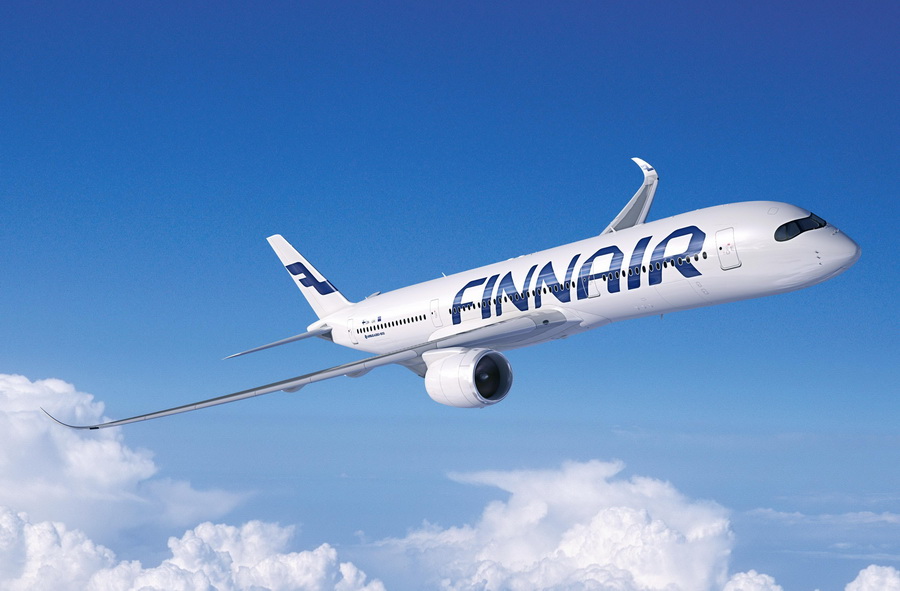NDC is like buying a chocolate cake, says Finnair APAC GM
TD speaks with Tamas Hanyi, General Manager APAC, Finnair about NDC
Contributors are not employed, compensated or governed by TDM, opinions and statements are from the contributor directly

Everybody in the aviation industry is talking about New Distribution Capability (NDC), which has been floating before us for a couple of years now. If you are still struggling to wrap your head around it, don’t worry, you are not alone.
TD Media chats with Tamas Hanyi, General Manager APAC Region, Finnair to understand the airlines’ take on the new and controversial flight retailing standard.
Hanyi defines NDC as “a technical standard defined by IATA which enables direct connection between the airline and third parties to have better inventory controls for the airlines and being able to create customer-centric shopping experience.”
Freedom for airlines
Many are clueless why there is a need for NDC if we already have a working system. Currently, there are limitations on how airlines retail their products. On their websites, they offer flights and ancillary services to appeal to the passengers, such as early boarding, more legroom, preferred seating, lounge access, and other services that aim to augment the flying experience of the passenger.
However, passengers may not be aware of the full range of airline products on offer. Moreover, airlines cannot customise the offer based on the request of each customer. Basically, NDC is a product of airlines’ frustration to retail their products because they invest hundreds of millions of dollars in upgrading their products – buying new aircraft, investing in premium seats, and offering wifi and other services – but the conventional indirect distribution model does not support differentiation of the products.
“To give back the control to the airlines.”
Hanyi says, “The current system has limitations in terms of what we can offer, how much we can offer it for, and which channels we can offer it for. One thing we have to remember is that we are talking about our very own inventory, yet we have limitations on how we are going to display it, to whom, and for how much. That is why IATA, together with the airlines, decided to create and implement a new platform to give back the control to the airlines.
“It’s basically freedom for the airlines…to sell to the right people, at the right channel, at the right time and place.”

Sitting at a panel at WiT Conference in Singapore, Hanyi described NDC like buying a chocolate cake. When buyers see and know what they are buying and they find it delicious, they are more confident to actually spend money on it.
Let’s admit it, no airline seat is created equal. Today, airlines make offers based on schedule, availability and fares, both directly to the customer and indirectly via an agent – which can be confusing. We know that there are some travellers that are willing to cough up more bucks for comfort and luxury.
Customer-centric shopping experience
Rich content is of vital importance in NDC to enable passengers to differentiate one seat from another. Hanyi believes that personalisation and use of rich content is a must it will increase conversion rates.
Personalisation is prevalent in all sectors of the travel industry and companies scramble to provide the best curated experience to consumers. It seems that the airline industry is lagging behind due to the 40-year-old retailing system that needs updating.
“GDSs will still exist and they have to co-exist.”
There is an ongoing debate for the pros and cons of NDC as airlines, GDSs, OTAs, and TMCs are all clashing about this issue. When asked whether he thinks that GDSs will fall into disuse when NDC is fully implemented, he answered with a resounding no. “No, and it is a very good point you are making. GDSs will still exist and they have to co-exist,” Hanyi said.
If there is any consolation, Hanyi claimed that everyone is striving to serve travellers’ best interests.


Comments are closed.